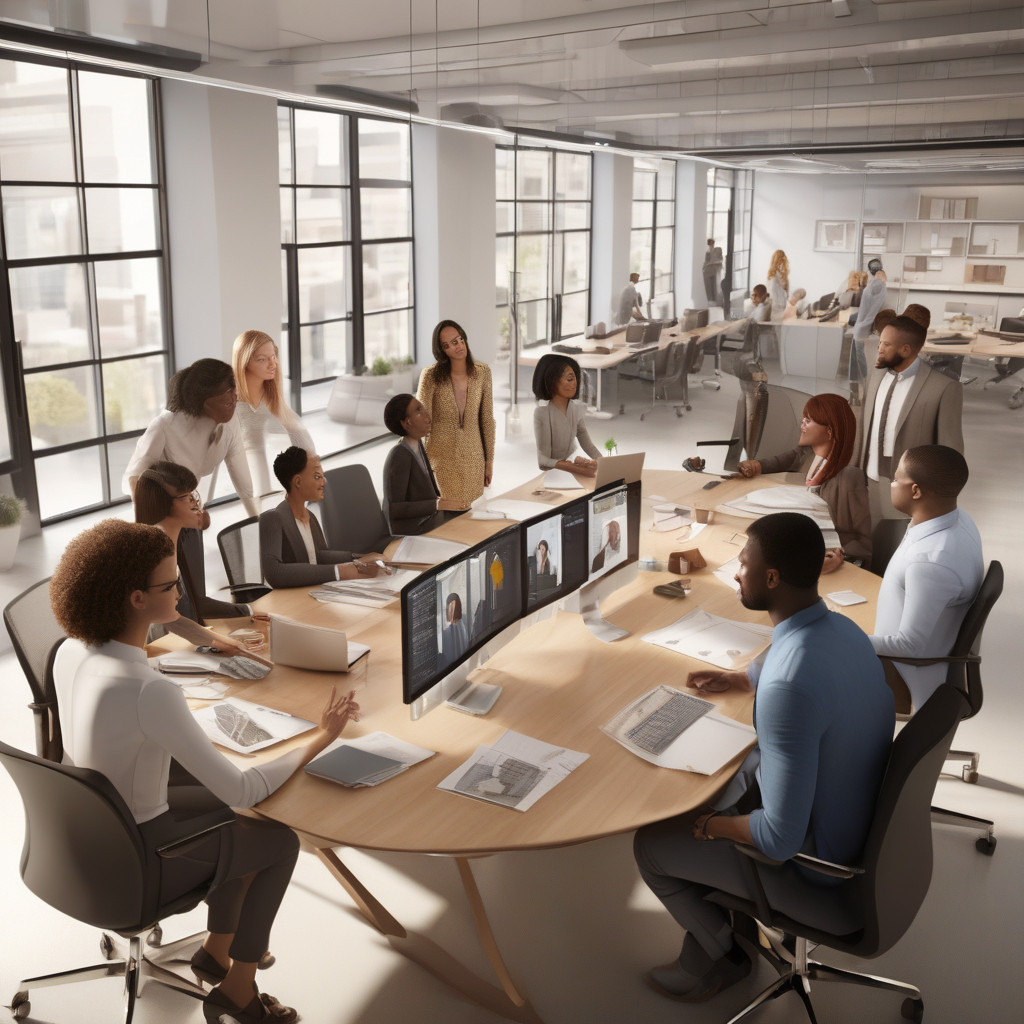In today’s fast-paced workplace, the synergy between humans and artificial intelligence (AI) is becoming increasingly vital. Collaborative intelligence is the key to unlocking the full potential of human-AI partnerships, where human creativity merges with AI’s rapid processing power and precision. By embracing this approach, organizations can enhance productivity, drive innovation, and stay ahead in an ever-evolving technological landscape.
One significant advantage of collaborative intelligence is the ability to leverage the strengths of both humans and AI. While humans excel in creativity, critical thinking, and emotional intelligence, AI offers unmatched speed, accuracy, and data processing capabilities. By combining these attributes, teams can tackle complex problems more efficiently and generate innovative solutions that wouldn’t be possible through individual efforts alone.
Imagine a scenario where a marketing team is tasked with analyzing vast amounts of customer data to identify trends and preferences. While humans can provide valuable insights based on experience and intuition, AI can quickly sift through massive datasets to reveal patterns and correlations that humans might overlook. By working together, humans and AI can complement each other’s strengths, leading to more informed decision-making and targeted strategies.
Moreover, collaborative intelligence fosters a culture of continuous learning and adaptation within organizations. As humans interact with AI systems, they gain new skills, insights, and perspectives that can enhance their professional growth. AI algorithms, in turn, learn from human feedback and behavior, improving their performance and predictive capabilities over time. This reciprocal learning process creates a dynamic feedback loop that drives innovation and keeps teams agile in the face of change.
Furthermore, collaborative intelligence promotes transparency and trust in AI systems. By involving humans in the decision-making process and explaining AI’s recommendations or actions, organizations can demystify AI technology and build confidence among employees. When humans understand how AI arrives at its conclusions and can provide input or corrections when needed, they are more likely to embrace AI as a valuable partner rather than a threat to their roles.
In practical terms, collaborative intelligence can manifest in various ways across different industries and functions. For example, in healthcare, AI-powered diagnostic tools can assist doctors in interpreting medical images and identifying potential health risks, enabling more accurate diagnoses and personalized treatment plans. In finance, AI algorithms can analyze market trends and customer behavior to optimize investment strategies and reduce risks. In manufacturing, AI-powered robots can work alongside human operators to streamline production processes and enhance quality control.
As organizations navigate the complexities of the digital age, embracing collaborative intelligence is no longer just an option—it is a strategic imperative. By maximizing human-AI partnerships in the workplace, companies can harness the collective potential of their teams, drive innovation, and stay competitive in a rapidly evolving market. As humans and AI learn to collaborate effectively, the possibilities for productivity and creativity are limitless. It’s not about humans versus machines; it’s about humans working alongside machines to achieve remarkable results.

